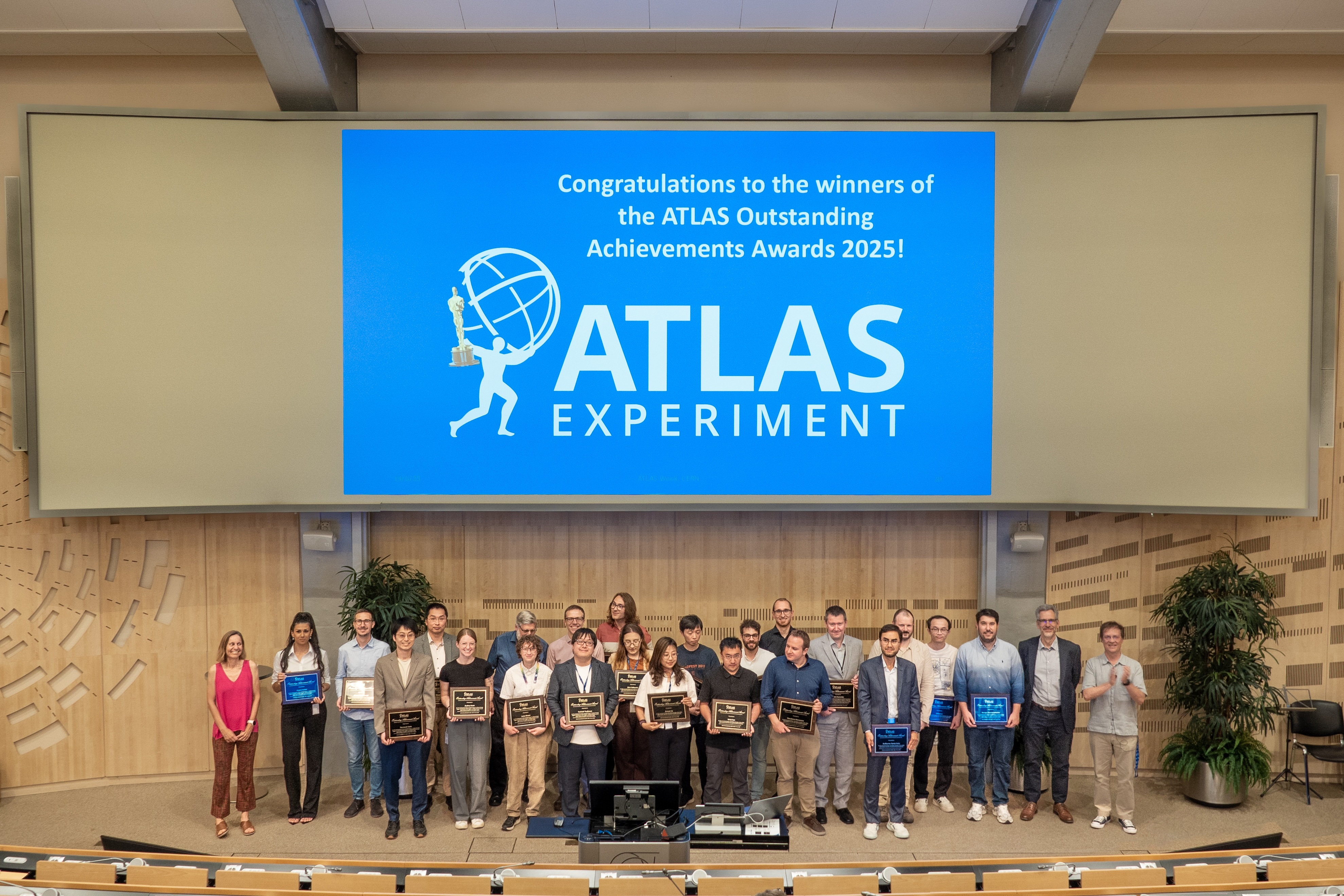Frederick Luehring
4 October 2010 | By

“That's one small step for man, one giant leap for mankind,” we all remember Neil Armstrong saying while taking his first steps on the moon. As so many, Fred Luehring was glued to the television set that 21st of June, 1969, but to him this event meant much more than to most. “My mother was [very] interested in the rocket launches of the Apollo Program, and so she encouraged my interest in science by watching the moon launches on TV [with me],” he remembers and continues, “I grew up in the suburbs of Chicago, actually fairly close to Fermilab.” It was an advantageous place to be for the budding physicist.
His father had a different career in mind for his son but, convinced by Fred's good marks in mathematics and physics, he supported his son's wish to study physics. “I always did well in school, especially in math and science. My high school physics teacher first interested me in physics. So when I went to Northwestern University I majored in physics. I ended up doing undergraduate, graduate, and post doctoral work at Northwestern University, (a private university in Evanston Illinois, right next to Chicago). “At this point in my career I worked on small fixed target experiments,” Fred recalls. During his student years he met his wife, who studied music at the Bienen School of Music at Northwestern University, “... one of the three best music schools in the US.” He finished his Ph.D. in experimental high energy physics in 1986.
During his studies Frederick joined a subway fan club in Chicago called the Central Electric Railfans' Association, where he worked in the repair shop and helped to maintain their historic wagons. Fred clearly has a passion for these trains, and explained some of the historical bits about them. For example, Chicago's metro is known as the ‘L’ because most of its network is elevated. Some stretches of today's system date back to the end of the 19th Century when Chicago followed New York's example to construct elevated rail lines. Whereas New York started early in the 20th Century to put all elevated lines in Manhattan underground, Chicago maintained most of its original routes, and still has to this day. Since 1892, four different companies have operated the elevated lines in the north, west and south parts of the city centre, using steam engines in the early years. All of the lines spread out from the city centre where some of them form the famous elevated loop, now one of the city's landmarks. Fred is still fascinated by these historic constructions made out of such strong iron structures. In fact, one day he would like to travel to Wuppertal, to take a ride on their famous ‘Schwebebahn’ which was built in 1900, and which is now the oldest monorail system in the world. Interestingly, it is still in use today as a local transport system.
From 1986 to 1990 Fred worked as a research associate at Northwestern University, at Fermilab, Batavia, IL. “When my post-doctoral fellowship at Northwestern ended, I found a job programming simulations of the tracking system for SDC which was one of the experiments at the Superconducting Super Collider (SSC) that was being built in Texas.” Unfortunately that project was cancelled after only three years. Starting as a physicist and scientific programmer at the Indiana University, Bloomington in 1990 he recalled how he came to ATLAS. “I ended up, (after a series of twists and turns), working on ATLAS at LHC starting in early 1994. In 2003 I ran into Markus Elsing and together we set-up the work on the so-called [new] tracking project. Since then, I have worked exclusively on ATLAS, first on simulation of the TRT, then computing and grid, and currently on Monitoring the TRT.” From 1995-2007 Fred held the post of ATLAS TRT Software Coordinator and was, “... consumed by Grid computing stuff.” Thus, it is not at all surprising to find Grid computing as main interest on his facebook page, with a link to a GRID information page.
Since 2004 Fred has been a senior scientist at Indiana University, Bloomington. He lives in Bloomington as well, in a small college town in the southern region of the U.S. state. Of about 69,291 inhabitants, about 40,000 of them are students. He and his wife share their apartment with their favourite pets: cats. “The number of cats [has] changed over the years. Once we had seven cats, then down to one, and now there are five cats. Both of us volunteered for ten years in a animal shelter and now all of our cats are stray cats from a shelter,” he says, and you can tell by how he says it that he cares deeply for all of the shelter's animals' well being. His cats, Mongo (the one on the photo), Billie, Suky and Cleo share opposite sides of the sofa or chase with one another. Minnie is their rebel cat with a not-so-healthy appetite. Over the years Minnie kept growing bigger and bigger, and she now weighs about 7 kilos! For this reason it seemed obvious that she had to be renamed... to Maxie. At around 5.5 kilos, the other cats also let her know that she would have to find her own sofa, unless she started jogging or something. She has not done so.
Starting in 1981 as graduate student, and continuing up to present day, Fred has worked for nearly 30 years as a practising physicist. He has learned a great deal in those 30 years, but his most central scientific conviction is clear. Fred thinks that, “The most important quality... a scientist can have is scepticism. One must test every theory with observation and never take any idea as an indisputable truth.“



